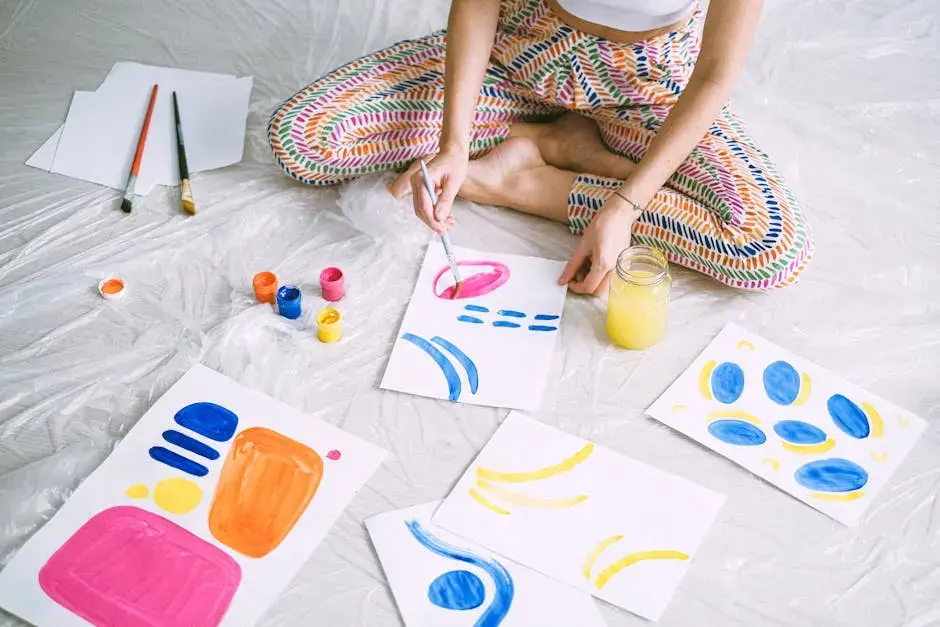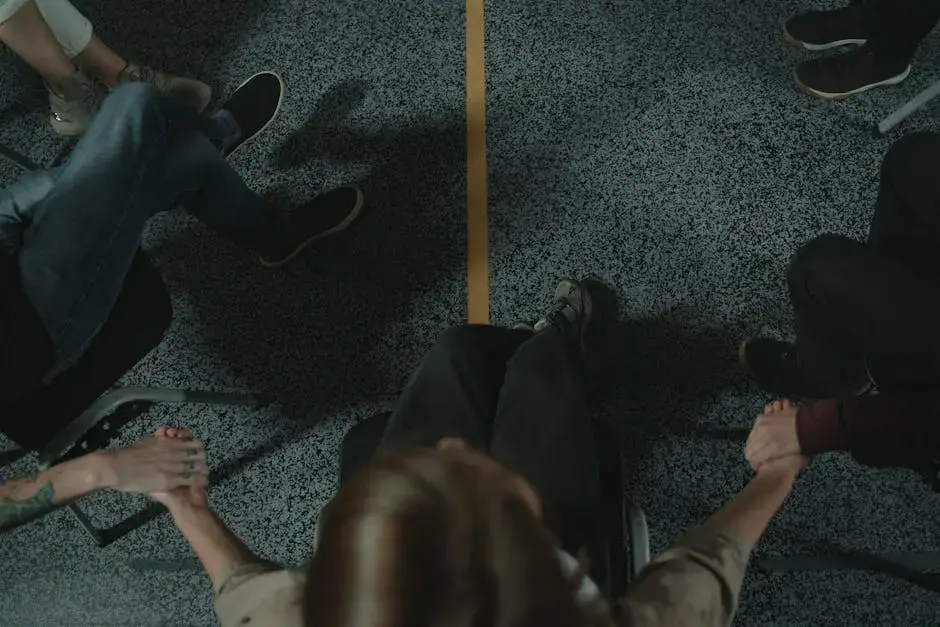9 Key Benefits of Working with an Art Therapist for Families
- Karrie Stafford

- Mar 7
- 5 min read
Art therapy is a powerful tool that can help families navigate emotional challenges and strengthen their bonds. By engaging in creative expression, family members can communicate thoughts and feelings that might be difficult to articulate otherwise. Here's a look at the key benefits of working with an art therapist and how it can positively impact your family dynamics.

1. Enhanced Communication Through Creativity
Art therapy provides a unique avenue for families to express themselves without the constraints of verbal communication, fostering deeper understanding.
For many families, articulating emotions can be challenging. This is where art therapy shines, allowing family members to communicate through colors, shapes, and textures. When working with an art therapist, families can delve into their feelings, discovering new ways to relate to one another. It’s not just about creating beautiful pieces; it’s about the journey of expression that unfolds through art.
Furthermore, engaging with art can often spark conversations that might not arise in typical, everyday interactions. Families can reflect on their artwork together, share thoughts, and build stories around their creative pieces. This transformation in communication can lead to a more connected and understanding family dynamic.
2. Strengthening Family Bonds
Engaging in art activities together can create shared experiences that help solidify relationships among family members.
Shared art-making fosters a sense of teamwork and unity. When families collaborate on projects, they learn to appreciate each person’s perspective and skills, reinforcing their connections. These joint creative sessions become cherished memories, playing a pivotal role in strengthening family bonds.
Moreover, the playful nature of creating art together helps lighten the mood and can dissolve tensions that may arise in family life. Whether it's a lively painting session on a canvas or crafting personal sculptures, these shared activities root families in experiences that matter, leaving behind a lasting impact on the way they relate with one another.
3. Exploring Emotions in a Safe Space
Art therapy offers a non-threatening environment where families can explore and discuss their feelings without judgment.
In this safe space, family members can face difficult emotions, ranging from sadness and anger to joy and excitement. Art therapists guide families to navigate these feelings through creative expression, facilitating open discussions about what these emotions mean to them. This process empowers individuals to voice their struggles, ultimately leading to greater emotional freedom.
The non-judgmental nature of art therapy means that everyone can express themselves as they truly are. With the space to explore feelings creatively, families often find clarity and release. This journey through art not only aids in individual growth but can also enhance understanding and compassion among family members.
4. Building Confidence and Self-Esteem
Creating art individually or as a family can boost self-esteem and empower members by allowing them to take pride in their creations.
Art therapy allows every family member, regardless of age or skill level, to produce something unique. Each brushstroke or clay molding fosters a sense of accomplishment. This engagement in the creative process taps into individuals' innate talents and strengths, promoting self-worth.
As individuals see their ideas transform into tangible art, they often feel motivated to try new things. This exploration of creativity can reinforce a 'growth mindset,' where family members feel brave enough to face challenges and embrace the beauty of imperfection. Not every creation needs to be perfect; it's the expression and effort that truly matter.
5. Developing Problem-Solving Skills
Art therapy encourages critical thinking and problem-solving as families face challenges during their creative processes.
When working together on an art project, families inevitably encounter obstacles—whether it’s deciding how to represent an idea or what materials to use. Navigating these challenges cultivates essential problem-solving skills. Family members learn to brainstorm solutions, compromise, and support each other through the creative journey, which enhances their overall collaborative skills.
Effective problem-solving can translate to everyday life situations. The ability to think creatively and work together to find solutions can bolster resilience in family dynamics as they face real-world challenges. This process nurtures adaptability and resourcefulness that can last a lifetime.
6. Reducing Stress and Anxiety
Creating and sharing art can be a relaxing experience, helping families to alleviate stress and anxiety in a productive way.
The act of making art allows families to focus on the present moment, immersing themselves in the creative process. This mindfulness can serve as a form of therapy that naturally decreases levels of stress and anxiety. As family members create, they often find a distraction from their worries, leading to a sense of calm and relief.
Combining relaxation with creativity makes for a therapeutic experience. Many families report feeling rejuvenated after art therapy sessions; it's no wonder that these sessions often become a cherished part of their routine. The positive impact on mental well-being can be profound, reinforcing the need for families to prioritize creative family time.
7. Facilitating Healing and Resilience
Art therapy can be particularly beneficial for families recovering from trauma, promoting healing through expression and resilience-building.
Creative expression provides an effective outlet for emotions that might otherwise feel overwhelming after a traumatic experience. By channeling these feelings into their artwork, families often find a sense of release and relief. This healing journey, guided by an art therapist, allows individuals to process their experiences at their own pace.
In this context, art becomes a vehicle of recovery. Families can explore their grief, anxiety, or anger artistically, thus gaining insights into their emotional states. Over time, the strengthening of resilience through art not only aids in processing trauma but also equips families with tools to navigate future challenges with a renewed sense of strength.
8. Encouraging Empathy and Understanding
By viewing and responding to each other's artwork, family members can gain insights into one another's feelings, fostering empathy.
Art therapy opens dialogues that would otherwise remain locked away. As each member shares their artwork, family dynamics can shift. They begin to see the world through each other's perspectives, developing a deeper understanding of one another’s thoughts and emotions.
This process enriches relationships, promoting empathy. Families that engage in art therapy typically report improved communication and closeness, relationships that blossom as a direct result of creative interaction. The process highlights the importance of listening and validating each other's experiences, contributing to a nurturing family environment.
9. Providing Individualized Support
An art therapist tailors sessions to meet the specific needs of each family member, ensuring personalized support for everyone.
Every family member has unique perspectives and coping mechanisms, which is why a one-size-fits-all approach can fall short. An art therapist adeptly recognizes these differences, fostering individualized attention that allows each person to thrive in their creative expression. This focused support promotes personal growth within the family context.
In doing so, art therapy becomes a powerful platform for understanding individual challenges, whether rooted in childhood experiences, current stressors, or interpersonal relations. With personalized guidance, families not only grow together but also learn to respect and celebrate their diversity, paving the way for stronger connections.




Comments